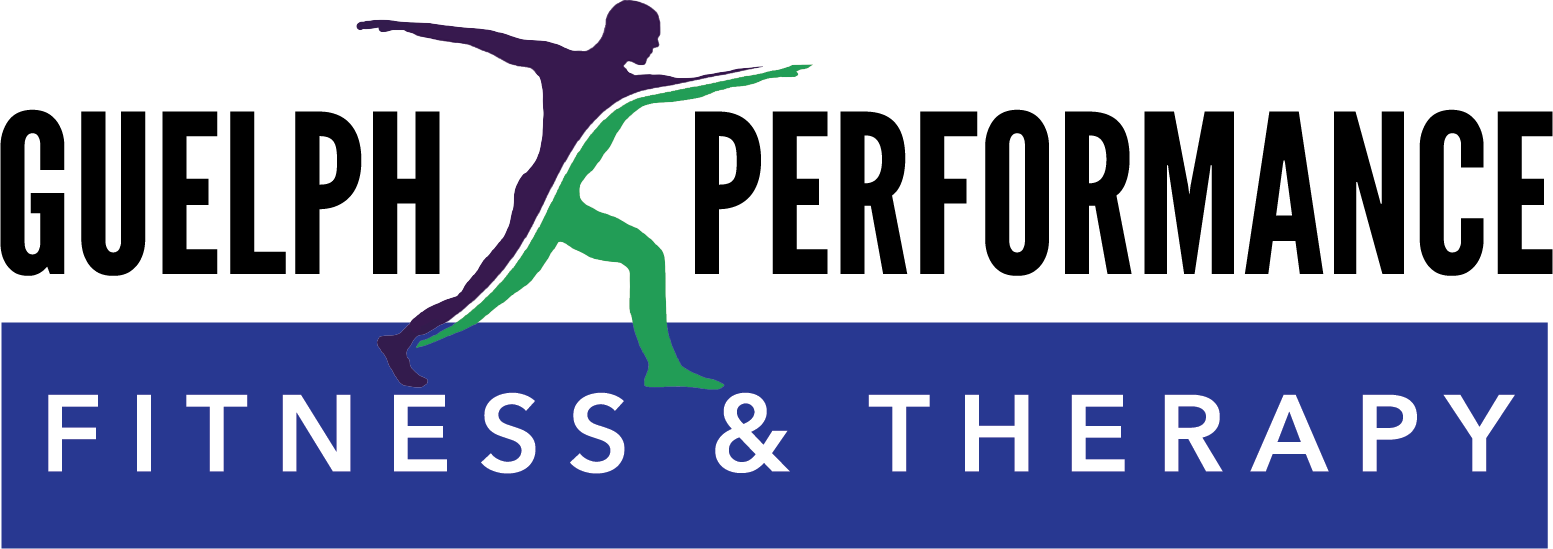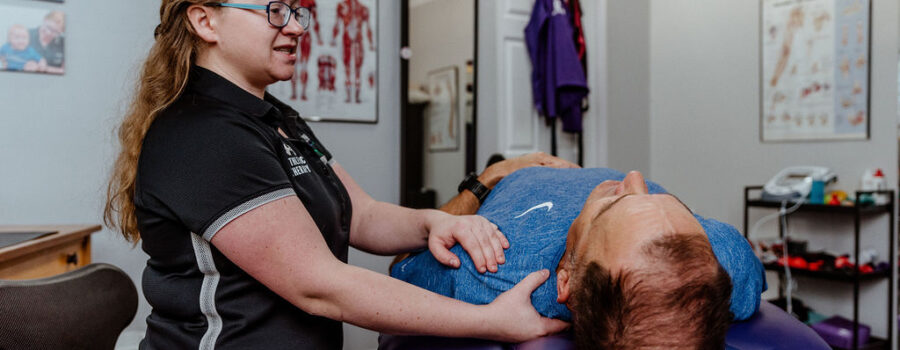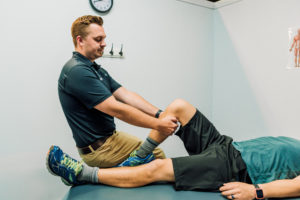Are you tired of waking up with a nagging shoulder pain, disrupting your day before it even begins? Or avoiding simple household tasks to avoid worsening your pain? You’re not alone.
Shoulder pain affects millions worldwide, impacting everything from daily tasks to sleep quality.
But what if relief could be within arm’s reach, without spending a dime? Yes, you heard it right. Say goodbye to expensive treatments and hello to cost-free tools that’ll reduce your shoulder pain without leaving your home.
Pain can be considered either chronic or acute — these tools mostly apply to chronic pain. If you had a traumatic injury (like during sports), or if you are experiencing numbness or tingling, a sensation of instability, or instability in the socket, you should see your doctor before diving into these tips!
Anatomy Background to Pinpoint Your Shoulder Pain
The shoulder has four main joints:
- Glenohumeral Joint: This is the primary shoulder joint, allowing a wide range of motion.
- Acromioclavicular (AC) Joint: Located at the top of the shoulder, it provides stability and supports overhead movements.
- Sternoclavicular (SC) Joint: Connecting the sternum to the collarbone, helps transmit forces and facilitates shoulder motions.
- Scapulothoracic Joint: While not a true joint, it enables smooth shoulder blade movement along the ribcage.
Your pain could be caused by either too much, or not enough, movement in one or more of these joints.

These 7 steps will help with difficulties, in all 4 shoulder joints!
1. Motion is Lotion: AROM and AAROM
One of the fundamental principles in managing shoulder pain is to keep the joint moving. Engage in daily activities that promote active range of motion (AROM) and assisted active range of motion (AAROM) without pushing past pain thresholds. Simple exercises like reaching overhead or performing gentle “snow angel” motions can gradually increase mobility and reduce pain.
2. Activate the Shoulder Girdle with Resistance Bands
Strengthening the muscles surrounding the shoulder joint is crucial for stability and support. Utilize resistance bands to target the shoulder girdle muscles, including the deltoids, rotator cuff, and scapular stabilizers. Incorporating resistance band exercises into your routine can improve shoulder function and reduce the risk of injury.
3. Enhance Thoracic Spine Mobility
The mobility of the thoracic spine (tspine) significantly impacts shoulder movement and function. Incorporate exercises and stretches specifically designed to improve tspine mobility, such as thoracic spine rotations and foam rolling. Addressing restrictions in the tspine can alleviate stress on the shoulder joints and improve overall mobility.
4. Adopt Lifestyle Changes to Promote Movement
Lifestyle factors, including posture and sedentary behavior, can contribute to shoulder pain and dysfunction. Make conscious efforts to incorporate more movement into your daily routine, whether through regular stretching breaks, ergonomic adjustments at work, or engaging in low-impact exercises like walking or swimming. Small lifestyle changes can have a significant impact on shoulder health and function.
5. Implement Self-Treatment Techniques: Heat, Ice, and Soft Tissue Work
Self-treatment modalities such as heat therapy, ice packs, and soft tissue mobilization can provide immediate relief from shoulder pain. Alternate between heat and ice packs to reduce inflammation and alleviate discomfort. Additionally, use self-massage techniques like foam rolling or trigger point therapy to release tension in the muscles surrounding the shoulder joint.
6. Prioritize Overall Wellness: Nutrition and Sleep
Optimal nutrition and adequate sleep play crucial roles in supporting joint health and recovery. Ensure you’re consuming a balanced diet rich in anti-inflammatory foods to reduce inflammation and promote tissue repair. Prioritize quality sleep to facilitate muscle recovery and optimize overall wellness. By nurturing your body from the inside out, you can enhance the effectiveness of your shoulder pain management strategies.
7. Load and Strengthen the Shoulder Joint Safely
Gradually introducing progressive resistance training can help strengthen the muscles surrounding the shoulder joint and improve joint stability. Start with light resistance and gradually increase the load as your strength and tolerance improve. Focus on proper form and technique to prevent injury and maximize the benefits of strength training for shoulder health.
Shoulder pain can be challenging to manage, but by implementing these seven steps, you can take proactive measures to alleviate discomfort and improve joint functionality. Remember to listen to your body, progress gradually, and ask for help if you experience persistent or severe shoulder pain. With dedication and consistency, you can regain mobility, reduce pain, and enjoy improved shoulder health and function.
The therapists at Guelph Performance are always here to help you if you need it! Book a complimentary discovery visit to see if we would be a good fit to help you with your shoulder difficulties.





